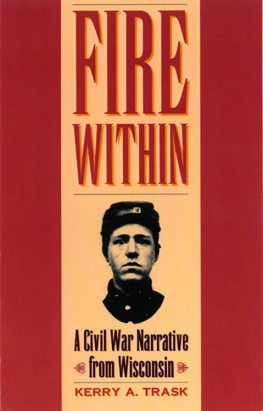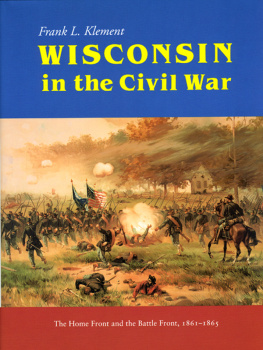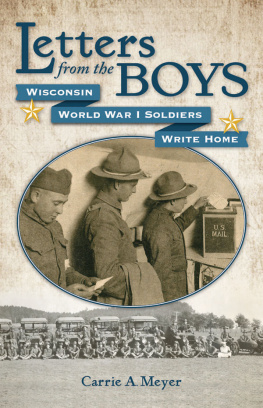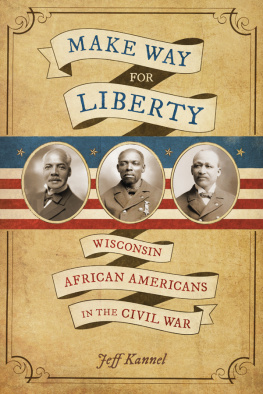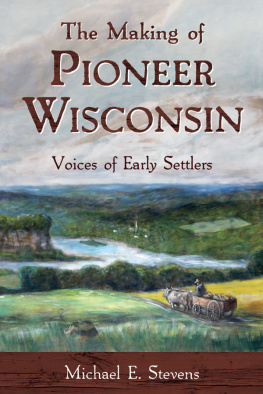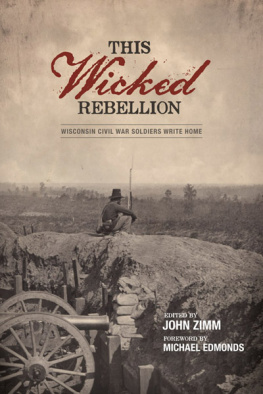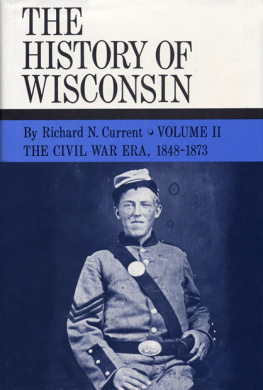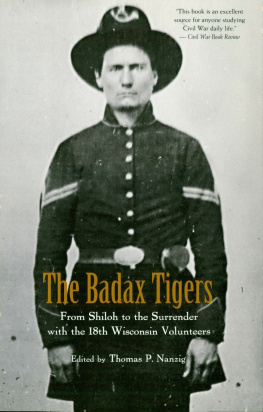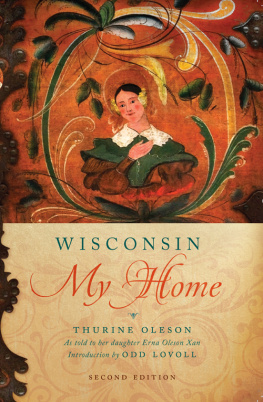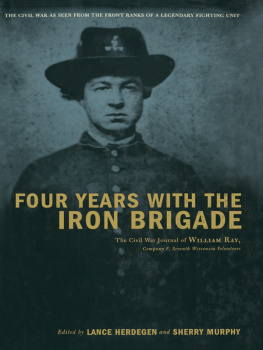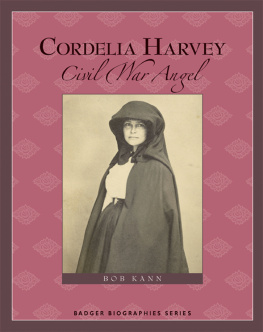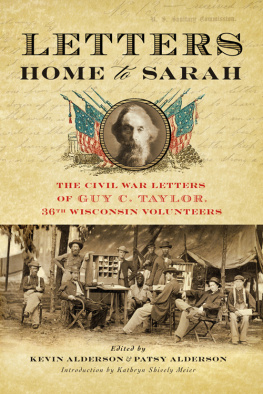
Fire Within
Fire Within
A Civil War Narrative
from Wisconsin

Kerry A. Trask
The Kent State University Press
KENT, OHIO, & LONDON, ENGLAND
1995 by The Kent State University Press, Kent, Ohio 44242
All rights reserved
Library of Congress Catalog Card Number 95-1706
ISBN 978-0-87338-587-9
Manufactured in the United States of America
10 09 08 07 5 4
Library of Congress Cataloging-in-Publication Data
Trask, Kerry A.
Fire Within : a Civil War narrative from Wisconsin /
Kerry A. Trask.
p. cm.
Includes bibliographical references and index.
ISBN 0-87338-519-5
ISBN 0-87338-587-X (pbk.)
I. Manitowoc (Wis.)History. 2. WisconsinHistory
Civil War, 18611865. I. Title.
F589.M2T73 1995 951706
977.567dc20
British Library Cataloging-in-Publication data are available.
for
Emily and John Peter Trask
What of the faith and fire within us
Men who march away
Ere the barn-cocks say
Night is growing gray,
Leaving all that here can win us;
What of the faith and fire within us
Men who march away?
Thomas Hardy, Men Who March Away

Contents

W HAT HAS NOW become this book began with a very simple idea. Some years ago, in a well-intended effort to foster a stronger, more historically conscious sense of place among the people of my adopted hometown, I decided to put together a brief impressionistic talk about the first soldier from Manitowoc to be killed in the Civil War. I had run across his story, almost by accident, while cranking through some microfilm reels of old newspapers and had been struck by the profound emotional impact that individual death had made upon the entire community. At the time I knew little about either the Civil War or the citys early history, but my intentions were also modestjust a couple mildly amusing jokes and a colorful, fast-paced recounting of that interesting, somewhat ironic little story would suffice, I figured, to get their attention and fill the gap between the dessert and the rush for the exits that is part of the civic group and service club ritual. I would use such occasions and that long-forgotten casualty of a bygone battle to create among my listeners a better sense of the relationship between the past life of this particular place and the bigger, much better known events of the national experience, and by so doing make the significance of the smaller part more apparent.
I tried it and it worked. But it also worked on me. After having spent much of my professional life thinking and writing about eighteenth-century America, I suddenly felt a need to know a great deal more about the Civil War and the history of this place.
At first there was nothing systematic about my response to that impulse. I had no long-term goals or major projects in mind maybe a few more short talks or a brief nonscholarly article or two. But materialreally rich, untapped primary stuffjust kept coming my way, much of it brought to my attention by people I did not even know who would stop after my talks to tell me of some old letters or a diary written by an ancestor of theirs who had been in the Civil War. Then, in correspondence on a related matter with Paul Hass of the Wisconsin Magazine of History, he suggested I look at the papers of James S. Anderson.
It was not until quite a while later, when in the State Historical Societys manuscript collection working through some dense material on the Great Lakes fur trade, that I took time out to read some of Andersons letters. I was amazed. They were so full of life, so filled with the sights and sounds of the war and with a young soldiers wonder and concern. But not until on sabbatical leave at the William L. Clements Library in Ann Arbor did I think of writing a book about Anderson and his hometown comrades. What sparked that idea was the picture on the dust jacket of James M. McPhersons newly published Battle Cry of Freedom, which I noticed while browsing in a bookstore during a noontime break from the papers of Jeffery Amherst and Thomas Gage. It was a picture of Union soldiers pressing forward, rank upon rank, over fallen bodies, into clouds of smoke, toward a group of Confederate troops who appeared determined to hold their ground. Above those Union ranks waved the royal blue flag of the Fifth Wisconsin Volunteers. That was Andersons regiment. There they were, the hometown boys, caught in time upon that cover, and I felt a strong desire to write their story and bring that picture at least part way back to life.
I wanted to write a book my students might wish to read. Most of them are about the same age as the young men who went off to Shiloh and Vicksburg, or those of my own generation who failed to survive freshman English and ended up in the firefights of Southeast Asia. All wars are boyish, and are fought by boys, observed Herman Melville, and if that is so (certainly the part about being fought by boys, and now by girls as well, is accurate enough), then our students, maybe more than anyone, ought to understand the true nature of war. I hoped my attempts to recreate a sense of how the Civil War looked and felt amidst the dust of the march and heat of the struggle would help with that.
It was also my intention to write local history and recount the experiences of ordinary people in a fashion that would interest the general reading public and to do it in part by pointing to the broader implications of these small pieces. To that end I wove together a variety of personal perspectives and wartime experiences resulting in a narrative that reflects the passions of the times and describes some of the conflicts encountered by both men who marched away and people who remained at home.
In this endeavor I came to count upon the generous help and sound advice of colleagues and friends. Assistance came in many forms. There was, for example, the interest and encouragement of my good friends Deborah and David Douglas, as well as that of Mary Anne Ciavatta, Monica and Greg Hirte, Tom Skubal and Rosemary Krummel. My colleagues at the University of Wisconsin Center in Manitowoc, particularly Martha Schuh and our dean, Roland Baldwin, lent support by twice granting me the Kay Levin Faculty/Staff Professional Development Award. That helped pay for typing and maps. On projects like this there are always the debts of appreciation owed to the indispensable but often anonymous librarians. In my own case I am especially grateful for the polite and professional help received from the staff members of the Manitowoc Public Library, the librarians and archivists at the State Historical Society of Wisconsin, and the considerate people at the University of Wisconsin-Milwaukees Golda Meir Library, who gave me extra time to work with some of their special collections materials.
Next page
